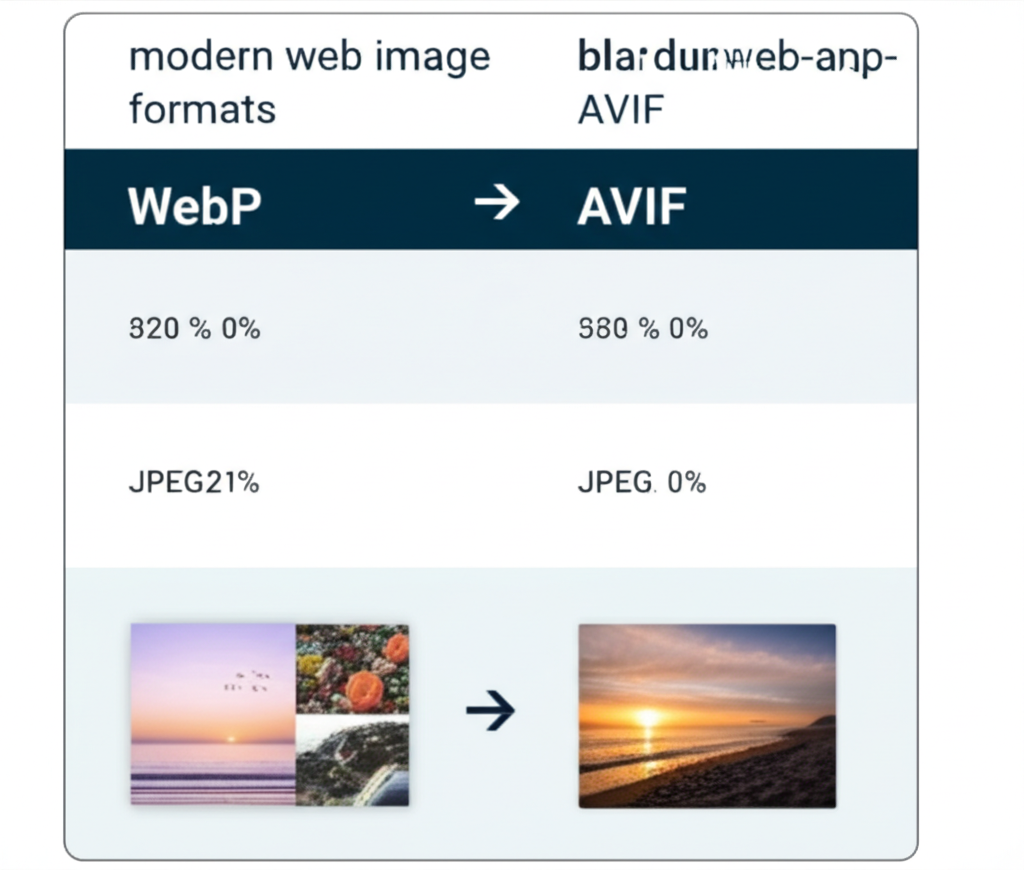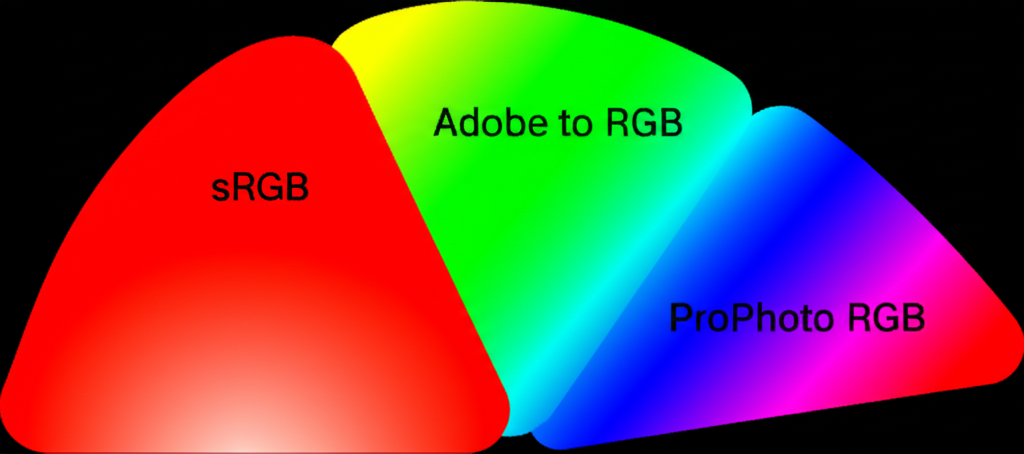How to Extract Images Without Losing Quality
Learn professional techniques to extract images from websites while preserving their original quality, resolution, and metadata. Complete guide to lossless image extraction.

Quality loss is a common concern when extracting images from websites. Whether you're a designer, photographer, or researcher, maintaining image quality is crucial. This comprehensive guide shows you how to extract images without any quality degradation.
Understanding Image Quality Loss
Before diving into solutions, let's understand what causes quality loss:
- Compression artifacts: JPEG compression can introduce visual noise
- Resolution reduction: Some sites serve smaller versions than originals
- Format conversion: Converting between formats can reduce quality
- Metadata stripping: Loss of color profiles and technical information
- Browser rendering: Different browsers may display images differently
Method 1: Direct Image Extraction (Best Quality)
Why Direct Extraction Preserves Quality:
- Original files: Download the exact files stored on the server
- No re-encoding: Avoids additional compression cycles
- Metadata preservation: Keeps all original file information
- Format integrity: Maintains original file formats
- Resolution preservation: Gets the highest available resolution
Using ConvertifyHub for Quality Preservation:
- Enter website URL: Navigate to the page with images you want
- Start extraction: Our tool discovers all available images
- Review metadata: Check file sizes, dimensions, and formats
- Select high-quality versions: Choose the highest resolution available
- Download directly: Get original files without any processing
Method 2: Advanced Browser Techniques
For technically advanced users, browser developer tools offer maximum control:
Network Tab Analysis:
- Open developer tools: Right-click and select "Inspect"
- Go to Network tab: Monitor all network requests
- Reload the page: Capture all image requests
- Filter by image type: Look for image files in the requests
- Right-click to save: Download images directly from network requests
Element Inspection Method:
- Inspect image elements: Right-click on images and select "Inspect"
- Find source URLs: Look for the "src" attribute in the HTML
- Check for high-res versions: Look for "data-src" or similar attributes
- Copy image URLs: Right-click on URLs to copy them
- Download directly: Paste URLs in new tabs to download
Method 3: URL Manipulation for Higher Quality
Many websites use predictable URL patterns for different image qualities:
Common URL Patterns:
- Size parameters: Look for URLs with width/height values
- Quality indicators: Search for terms like "high", "full", "original"
- Format variations: Try different file extensions
- CDN variations: Check if multiple CDN endpoints exist
- Version numbers: Look for version parameters in URLs
Example URL Manipulation:
Original: example.com/image.jpg?w=300&h=200
High-res: example.com/image.jpg?w=1200&h=800
Original: example.com/image.jpg?quality=high
Full-size: example.com/image.jpg?size=original
Quality Verification Techniques
Ensure you're getting the highest quality available:
File Size Analysis:
- Compare file sizes: Larger files generally indicate higher quality
- Check dimensions: Look for the highest pixel dimensions
- Examine formats: Some formats preserve quality better than others
- Verify metadata: Check EXIF data for original capture information
Visual Quality Assessment:
- Zoom testing: High-quality images maintain clarity when zoomed
- Edge analysis: Look for sharp, clean edges in the images
- Color accuracy: Check for vibrant, accurate colors
- Noise assessment: High-quality images have minimal visual noise
Advanced Quality Preservation Strategies
For the most challenging extraction scenarios:
Multi-Source Extraction:
- Check multiple pages: Some sites store high-res images on dedicated pages
- Look for galleries: Gallery pages often have higher quality versions
- Check mobile versions: Sometimes mobile sites have different image sources
- Examine source code: Look for hidden high-quality image URLs
Progressive Enhancement Approach:
- Start with visible images: Extract what's immediately available
- Scroll through content: Trigger lazy-loaded images
- Check for hidden sources: Look for high-res versions in page source
- Try different user agents: Some sites serve different content
- Use multiple tools: Combine different extraction methods
Format-Specific Quality Considerations
Different image formats have different quality characteristics:
Lossless Formats (Best Quality):
- PNG: Perfect quality, supports transparency
- TIFF: Professional quality, large file sizes
- BMP: Uncompressed, very large files
- WebP lossless: Modern format with good compression
Lossy Formats (Quality Trade-offs):
- JPEG: Good quality, smaller files, some compression artifacts
- WebP lossy: Better compression than JPEG, good quality
- AVIF: Excellent compression, very good quality
Tools and Software for Quality Preservation
Choose the right tools for your quality requirements:
Online Tools:
- ConvertifyHub: Professional-grade extraction with quality preservation
- Browser developer tools: Direct access to original files
- Specialized extractors: Tools designed for specific platforms
Desktop Software:
- Image downloaders: Dedicated applications for bulk downloads
- Web scrapers: Advanced tools for complex extraction scenarios
- Browser extensions: Add-ons that enhance extraction capabilities
Quality Control Checklist
Use this checklist to ensure maximum quality:
- ✓ Verify file sizes: Ensure you're getting the largest available versions
- ✓ Check dimensions: Confirm highest available resolution
- ✓ Examine formats: Choose lossless when possible
- ✓ Preserve metadata: Keep original file information
- ✓ Test zoom levels: Verify quality at different magnifications
- ✓ Compare sources: Check multiple extraction methods
- ✓ Organize systematically: Maintain quality information in file names
Common Quality Issues and Solutions
Address these common problems:
Low Resolution Images:
- Problem: Images appear pixelated or blurry
- Solution: Look for higher resolution versions or original sources
- Prevention: Check image dimensions before downloading
Compression Artifacts:
- Problem: Visible compression noise or blockiness
- Solution: Seek out lossless format versions
- Prevention: Avoid re-compressing already compressed images
Color Inaccuracies:
- Problem: Colors appear washed out or incorrect
- Solution: Look for images with embedded color profiles
- Prevention: Preserve original color space information
Legal and Ethical Quality Considerations
Maintain quality while respecting rights:
- Respect copyright: Quality doesn't change ownership rights
- Check usage permissions: Ensure you can use high-quality versions
- Attribute sources: Credit original creators when required
- Use responsibly: Don't abuse high-quality access
🎯 Preserve Quality with Professional Tools
ConvertifyHub's advanced image extractor is designed to preserve maximum image quality while providing efficient bulk downloading capabilities. Our tool automatically identifies the highest quality versions available and downloads them without any quality degradation.
Related Articles

The Complete Guide to Modern Image Formats: WebP, AVIF, and Beyond
Discover the latest image formats that can reduce file sizes by up to 50% while maintaining superior quality. Learn when and how to use WebP, AVIF, and JPEG XL.

Image Batch Processing: Automating Your Workflow
Streamline your image processing workflow with advanced batch operations. Learn to resize, convert, and optimize hundreds of images simultaneously while maintaining quality.

Color Space Conversion: Managing Digital Color Accuracy
Master color space conversion between sRGB, Adobe RGB, ProPhoto RGB, and CMYK. Ensure accurate colors across different devices, media, and printing processes.
Stay in the Loop
Get weekly insights on file conversion, optimization tips, and industry trends.
The Complete Guide to Modern Image Formats: WebP, AVIF, and Beyond
Audio File Conversion: From Lossless to Streaming Formats
QR Code Generation: Best Practices and Advanced Techniques
PDF Optimization: Reducing File Size Without Quality Loss
Video Format Conversion: From Legacy to Modern Codecs
Community Stats
Article Details
Related Tags
Ready to Master File Conversion?
Join thousands of professionals who trust ConvertifyHub for their file conversion needs. Start exploring our comprehensive guides today.